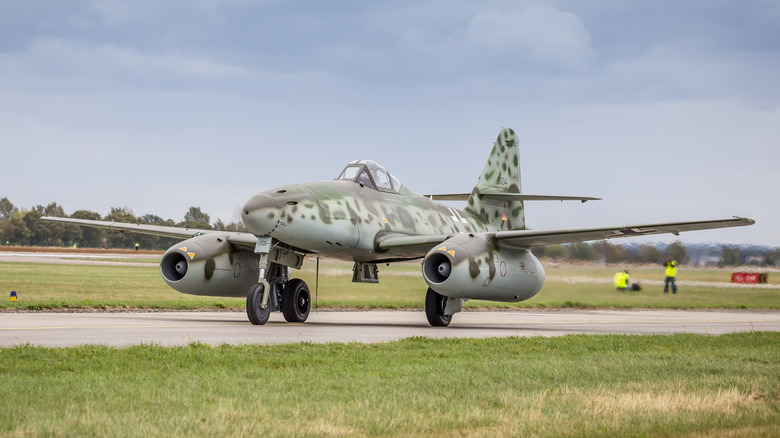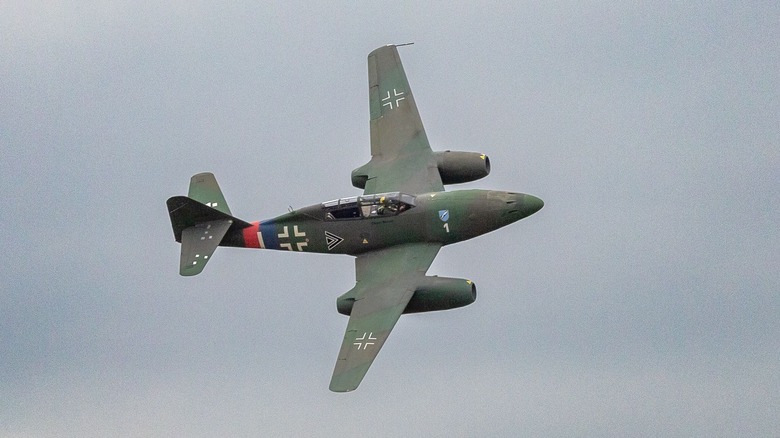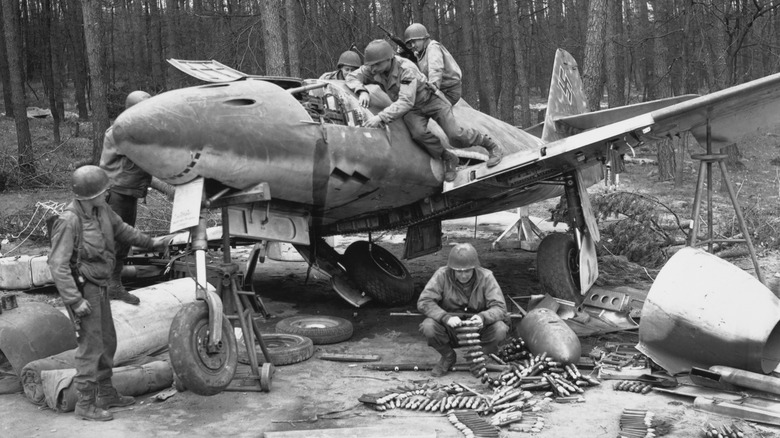Messerschmitt Me 262: Why Did It Fail?
In the world of technology, there's often a fine line between success and failure. It's not just about developing a fantastic weapon, though that's a tall order in and of itself. Even after years of research and development, if you don't employ it correctly, you'll never see the results you were hoping for.In warfare, the stakes are high. It's not mere company profits that are on the line, but human lives. During World War II, the Allied and Axis powers were constantly engaged in an arms race, developing new ground, air, and sea technology to meet and counter each others' latest.
The Luftwaffe's Messerschmitt Me 262 was a unique and potent new type of weapon, one that could very well have turned the tides of the conflict. Unfortunately for Germany, it was not developed the way it should have been.
In the context of its time, the Me 262 was truly extraordinary. Today, jet engines are much more common, roaring through our skies relatively unnoticed. This is only the case, however, because of the efforts of early aviation engineers. With the Me 262, for instance, Messerschmitt had built the first ever turbojet plane. But there are several reasons why the Me 262 failed to have the impact on the war that it could have. Let's explore them.
The strengths and challenges of the Me 262
The revolutionary aircraft's performance, with a range of 652 miles and potential top speed of 559 mph, outstripped Allied planes, and its Junkers Jumo 004s are largely to thank for that. The very same engines that would give the aircraft its edge, however, were also partly to blame for its ultimate failure.
Beginning as 1939's Projekt 1065, Messerschmitt's ambitious aircraft proved to be an incredible challenge to manufacture. Two years after the work began, there was a test flight with the prototype equipped with a conventional engine. It was another two years before this plane could actually be equipped with a jet engine, and one more year before it could be developed in significant numbers. By early 1944, with D-Day approaching on June 6, the tide was certainly turning against Germany and the other Axis Powers. As such, new weapons, even ones as formidable as the Me 262, had a very limited time to make an impact.
The German war machine was largely throughout the war a devastating force to face, and it was precisely this that gave the Axis Powers momentum early. However, every nation's resources are finite, and the key is to prioritize and invest them where they would seem to be the most effective. There were decisions to make, and some of them would prove fatal.
Why was the Me 262's development so troubled?
One such crucial negative decision was made by Hermann Göring, leader of the Luftwaffe and aviation commissioner for the German Reich. Jet engines, such as the one that would ultimately power the Me 262, were in their infancy and therefore not high on Göring's priority list. Perhaps they seemed too costly or time-consuming to pursue at the time, but whatever the case, this contributed to the long delay in getting the Me 262 and its turbojets airborne.
Leader Adolf Hitler, meanwhile, insisted that bombers should be manufacturing focuses over other aircraft, as it fit the policy of swift aggression with which his forces approached the conflict. This was another case, then, of precious aviation resources being turned away from the development of the Me 262. It was difficult enough as it was, as jet engines' requirements for different materials (particularly heat-resistant components) were harder to meet.
The speedy and destructive aircraft wreaked havoc on Allied bombers on its introduction, but eventually they caught up with aircraft of their own. All of this contributed to the Me 262's failure to have the impact it could have. In all, only around 300 of them actively saw combat, reports the National Museum of the United States Air Force.


